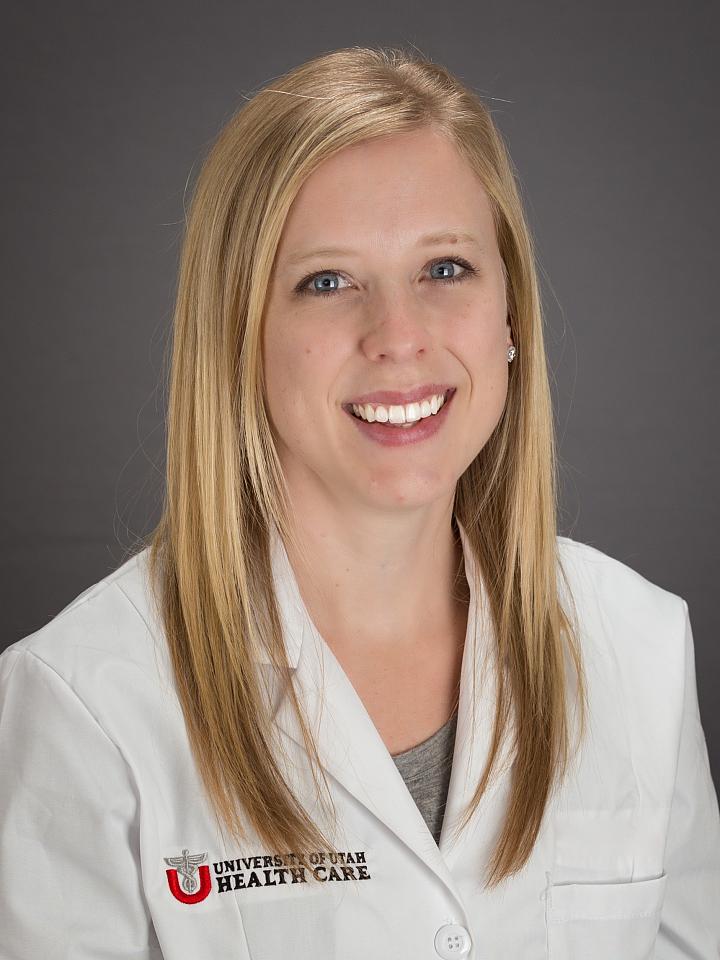
Simulation
Simulation Curriculum
The University of Utah OBGYN Residency has an exciting and dynamic simulation curriculum. This includes quarterly large group simulations, obstetrics simulation, weekly faculty-proctored FLS and procedural skill building, labor and delivery team trainings, and integrated hands-on learning with didactics. The simulation faculty are a core group of dedicated surgeons (Generalist, MIGS, and Family Planning) and MFMs that take great joy in teaching residents through hands-on simulations. We have a simulation room with laparoscopic trainers next door to the resident work room at the University hospital and use the simulation center in the Eccles Health Sciences Library and the ORs for our larger group sims. Our goal is to supplement the excellent surgical and obstetric training our residents receive with simulations to both solidify and fine-tune their skills.

A non-exhaustive list of some of our awesome simulation opportunities include:
- Quarterly simulation: this is a time for residents to learn from faculty and each other on a variety of simulations including:
- Laparoscopic hysterectomy
- Vaginal hysterectomy
- Abdominal hysterectomy and instrument handling
- Laparoscopic suturing
- TVT/TOT sling placement
- Morcellation both vaginally and abdominally
- Hysteroscopy/cystoscopy
- Da Vinci robot practice
- Laparoscopic Olympics
- A yearly FAVORITE with teams competing for the coveted golden speculum
- Simulated encounters for giving bad news/divulging a complication/mistake
- Obstetrics simulation: led by Dr. Richards (MFM) at LDS Hospital, these sessions take place at a state-of-the-art simulation center. Simulations include:
- Operative vaginal delivery (forceps, vacuum)
- Postpartum hemorrhage
- Shoulder dystocia
- Breech extraction
- Weekly FLS and procedural skill building: residents rotate through this small-group, faculty-led simulation session while on certain rotations. Senior residents are encouraged and expected to help guide junior residents through an array of simulations while also completing advanced simulations. Weekly simulations include:
- FLS tasks and mock exam
- Vaginal laceration repair including OASIS repair
- Advanced hysteroscopy
- Laparoscopic suturing
- Ureterolysis
- Vaginal cuff closure
- D&E
- Labor and delivery team training: this is an incredible opportunity to work through rare yet challenging obstetric scenarios with the entire labor and delivery team. As a resident, you will lead the simulation alongside nurses, anesthesia, medical assistants, midwives, and attendings. Simulations include live actors and trips to the OR. We “suspend disbelief” in order to fine tune our teamwork in emergency settings. Examples of past scenarios include:
- Maternal cardiac arrest
- Eclampsia
- Postpartum hemorrhage
- Uterine rupture
- Simulation integration into didactics: We are integrating hands-on simulation with our resident didactic time! This allows our residents to immediately practice and link procedural skills to content learned in lectures. Examples of combined didactic/simulations this year include:
- Operative vaginal delivery (forceps and vacuum simulation)
- Cervical dysplasia and cancer (LEEP simulation)
- Pelvic organ prolapse and stress urinary incontinence (TVT/TOT sling simulation)
- Multidisciplinary obstetric trauma simulation/perimortem cesarean: This is a joint effort between the departments of surgery, obstetrics, emergency medicine, and anesthesia to teach and practice management of the level I obstetric trauma patient. This experience not only refines skills in acute trauma care, but also facilitates cooperation and collaboration with other departments
Contact Us

Natalie Moore

Tasha Marcus

Abby Watson, MD

Susan Dalton, MD

